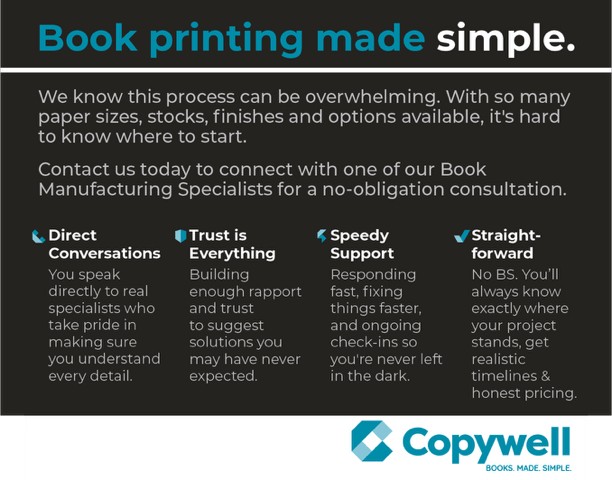Should Memoir be Considered Non-Fiction?
By Alison Wearing
One of the things that makes this question so interesting is that the answer isn’t as obvious or cut-and-dried as it first appears. It varies from country to country, for one thing, changes from culture to culture and language to language (which is interesting!), and it has all sorts of dimensions beyond the immediately visible ones.
So should memoir be classified as non-fiction?
At first it seems clear: Of course it should! It really happened! The writer is committed to recounting the story without invention or embellishment! That’s the whole point!
But is it?
Or is it possible that memoir writing is a form of self-portraiture and every writer’s style is as distinct as every painter’s? I’ve always been fascinated by how the most powerful (painted) portraits are often those that don’t depict their subjects with mathematical accuracy, yet they manage to capture something that is uncannily ‘true’ about the subject – truer than the ‘more accurate’ portrait. Why is that?
As far as accuracy in memoir goes, we all know that dialogue that is based on conversations from childhood requires invention, however much the writer might try to remain ‘true’ to the spirit of the exchange. We also know that memory is wildly fallible, that one person’s version of events is often not just different, but completely contrary to that of another person who participated or was witness to the same events. (Even eyewitness testimonies in courtrooms are no longer considered the incontestable evidence they used to be.) And we also know that ‘what’s left out’ can be as powerful to the rendering of a story as what is included.
It’s interesting that films can say ‘based on a true story’ and audiences are willing to engage with them as such: true stories that have been sculpted by the filmmaker. Autobiographical plays have a similar reception. Should memoir be experienced in a similar way? Should it really be classified as non-fiction or is that akin to trying to draw lines in the tidal sands of memory?
Might it be better to start thinking of it in a new way?
A few years ago, I was one of the judges for a national literary prize. The prizes are awarded in both official languages, and I was on the jury of the English-language Non-Fiction category. The books under consideration were everything you’d expect: history, political treatises, books of essays, and memoirs. But I was fascinated to learn that in French, memoirs were categorised and judged as works of fiction—not because they weren’t considered ‘true,’ but because they were acknowledged as being ‘artistic renderings of their subject matter.’
Since then, I’ve investigated and encountered similar designations in other countries and languages. In some places the distinction between ‘fiction’ and ‘nonfiction’ doesn’t even exist. There is simply ‘history’ and ‘biography’ and ‘travel’ and ‘memoir’ and ‘story’ and ‘novel.’ More of a description of style than an attempt to draw a line between one set of writings and another.
Your CanLit News
Subscribe to Open Book’s newsletter to get local book events, literary content, writing tips, and more in your inbox
We all know that no such line actually exists. Histories written by the conquerors are often an idealised and one-sided version of events, however replete with facts they might be. Biographies or autobiographies, particularly those written about or by people preparing to step into (or further into) the public eye tend to be overly aggrandizing. And any memoir written with an axe to grind (or any other of a hundred unconscious motives) is employing the same writerly tools as the novelist, however rigorously accurate ‘the events’ of the story might be.
So where does this leave us? I believe it only acknowledges what we’ve known all along: that art and story are complex, mysterious beings. And they can no more be constrained by lines, boxes, or divisions than the human spirit itself.
Which is, ultimately, something to celebrate.
Isn't it?
The views expressed in the Writer-in-Residence blogs are those held by the authors and do not necessarily reflect the views of Open Book.
Alison Wearing is the bestselling author of Confessions of a Fairy’s Daughter, an Indigo Top 50 pick shortlisted for the Edna Staebler Prize and longlisted for the RBC Taylor Prize, Honeymoon in Purdah: An Iranian Journey, and Moments of Glad Grace. Her online program, Memoir Writing, ink., guides people through the process of transforming personal stories into memoir.



